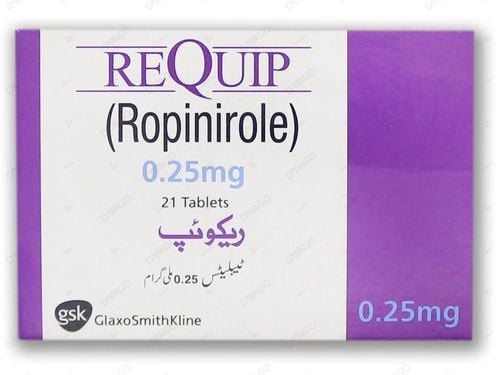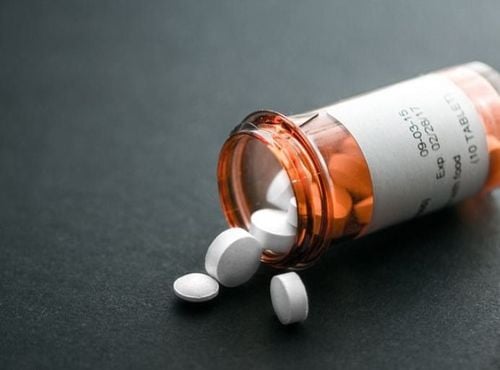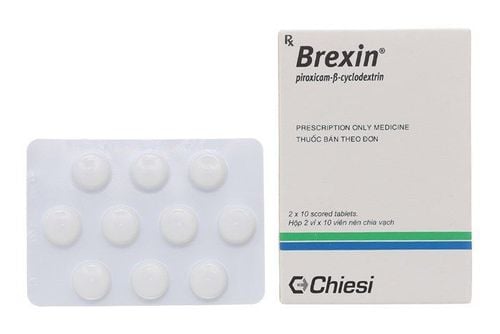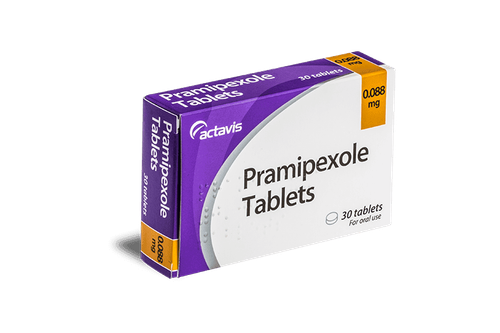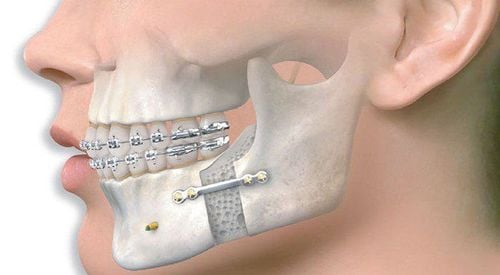This is an automatically translated article.
Sports injury is a term used to refer to injuries that most commonly occur during sports, especially team sports, or injuries during training. Any part of the body can be injured, but the most common injuries are in the musculoskeletal system - joints and related tissues such as meniscus, ligaments.
1. Meniscus tear injury when playing team sports
The meniscus is an extremely important part of the knee joint consisting of 2 wedge-shaped cartilage nodes on each side of the knee. The meniscus acts as a shock absorber for the knee joint, acts as a cushion for the joint and helps maintain stability for the knee. If we suddenly change direction when running or perform knee twisting movements too hard, too quickly, it will cause meniscus damage, also known as meniscus tear. This is the most common type of knee injury in older people or in high-impact team sports.
Most people with a knee meniscus tear have more of the medial meniscus tear than the lateral meniscus. At that time, the patient will have symptoms such as: knee pain, knee swelling, stiffness, difficulty in performing leg flexion and extension movements, a crunching sensation in the knee, and a crunching sound when moving.
If the knee meniscus tear is not examined and treated in time, the injured person's knee can become locked because the torn meniscus piece due to the injury can move out of its place and enter the joint.
Athletes, especially those in team sports (eg, football, activities that involve rotation of the knee joint such as tennis or basketball) often perform activities that put the knee up. must rotate, change direction suddenly. Therefore, the risk of meniscus tear is very high when training or during competition. However, a meniscus tear can affect anyone, at any age, and the risk of a meniscal tear also increases as we age due to wear and tear of the cartilage.

Những vận động viên thể thao đồng đội dễ có nguy cơ bị rách sụn chêm
2. Signs of meniscus tear related to team sports
Meniscal tears associated with team sports often co-occur with other knee injuries. At that time, signs suggestive of meniscus tear include:
Knee pain; Swelling, stiffness of the knee joint. In some cases, the knee joint can become completely locked; The range of joint motion is limited. In order to accurately diagnose whether there is a meniscus tear or not, in addition to a thorough medical examination and clinical examination, the treating doctor may prescribe a number of laboratory and imaging tests to support the diagnosis as follows:
X-ray of the knee joint; Magnetic resonance imaging (MRI) of the knee joint. After participating in team sports and discovering pain, swelling, swelling of the knee joint or limited knee movement, the patient goes to the doctor for appropriate examination and treatment. Each of us has a different body, so patients should discuss with their doctor to choose the safest and most appropriate treatment plan.
3. Treatment methods for torn meniscus of the knee joint
An orthopedic specialist will take measures to treat a meniscus tear when playing team sports depending on the type, size and location of the tear on the meniscus:
For meniscus tears In the outer third or the area with abundant blood supply, it can heal on its own, or when it needs treatment, it may not require surgery. A typical feature of a meniscus tear in this location is a longitudinal tear; In contrast, with meniscal tears in the remaining two-thirds, there is little or no blood vessel supply leading to irreversible damage. A meniscus tear in this area is usually treated with surgical removal alone. In addition to the above criteria, a number of other characteristics such as the patient's age, activity level and related injuries... are factors affecting the treatment direction of the doctor.
3.1. Non-surgical meniscus tear treatment
For small meniscal tears in the lateral 1/3, the patient does not need surgery if the signs of disease decrease or disappear, and the knee remains stable. Non-surgical meniscal tear treatment steps are performed according to the RICE protocol. This therapy is highly effective for most team sports related injuries. RICE includes measures for the patient to rest, apply cold, bandage the wound or compress, and finally elevate the leg.
Rest: The patient needs to completely stop the activities that cause the injury. Your doctor may recommend using crutches to avoid putting weight on your leg; Cold compress: Patients should use cold packs several times per day, each time lasting about 20 minutes. Note to avoid putting ice directly on the skin; Compression bandage: This measure helps limit swelling and blood loss (when there is damage to blood vessels); Elevating the legs: This method effectively helps patients reduce swelling of the knee joint. Simply lie on your back every time you rest and raise your legs above your heart. In addition to RICE, people with a torn meniscus may need supportive medications such as non-steroidal anti-inflammatory drugs (such as aspirin and ibuprofen), pain relievers, and edema-reducing medications.

Điều trị rách sụn chêm do thể thao đồng đội không phẫu thuật
3.2. Surgical treatment of meniscus tear
Patients with conservative treatment but the symptoms in the knee joint persist, the specialist can suggest the patient to resolve with surgery. In the past, open surgery was the most popular, but now a number of other surgical methods have been developed such as:
Partial laparoscopic surgery: In this surgical method of meniscus tear, the doctor will remove damaged cartilage tissue that cannot be restored; Knee meniscus tear recovery: In some situations, the doctor will prescribe meniscal stitches. This treatment minimizes lacerations and improves the patient's general condition; Rehabilitation: After completing the surgery, the patient can be fixed by the doctor with a cast or brace. For patients who have recovered from meniscus tears, they will have to use crutches to support walking for 1 month. Orthopedic specialists can guide and advise patients to perform rehabilitation exercises after knee meniscus tear surgery. Patients should regularly exercise with the main purpose of restoring mobility and restoring strength of the knee joint. The patient can become familiar with exercises to improve the range of motion of the knee. Most rehabilitation after a meniscus tear is done at home, although your doctor may recommend other physical therapy along with it. Recovery time after meniscus tear surgery is about 3 months.
To effectively treat meniscal tears, Vinmec International Hospital offers platelet-rich plasma injection. Accordingly, patients will be treated with this method by a team of experts from the Vinmec system who are well-trained in the technique of using platelet-rich plasma, committed to no errors. At the same time, equipment used to treat meniscus injuries are sterile and used only once, ensuring maximum safety for the patient. The PRP preparation process at Vinmec is carried out under strict supervision in a laboratory of international standards.
For direct consultation, please dial HOTLINE or register online HERE. Download the exclusive MyVinmec app for faster scheduling, more convenient calendar tracking!




